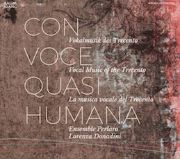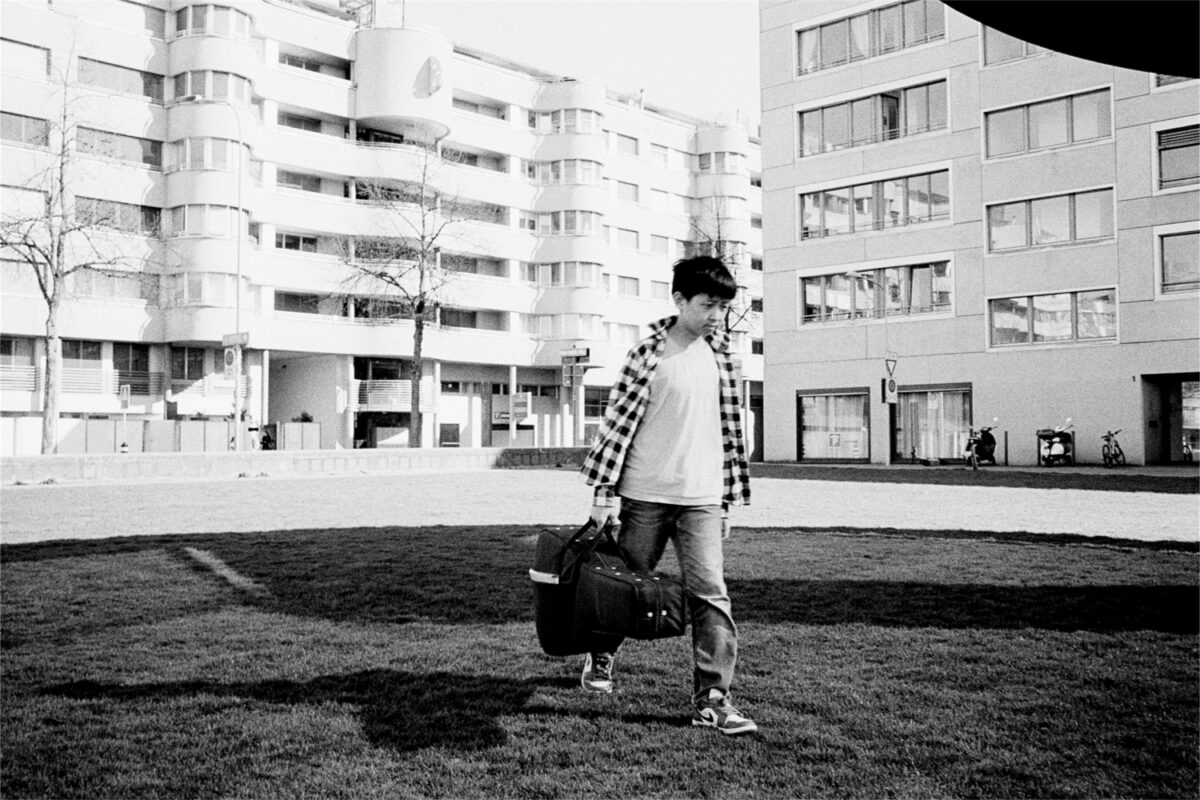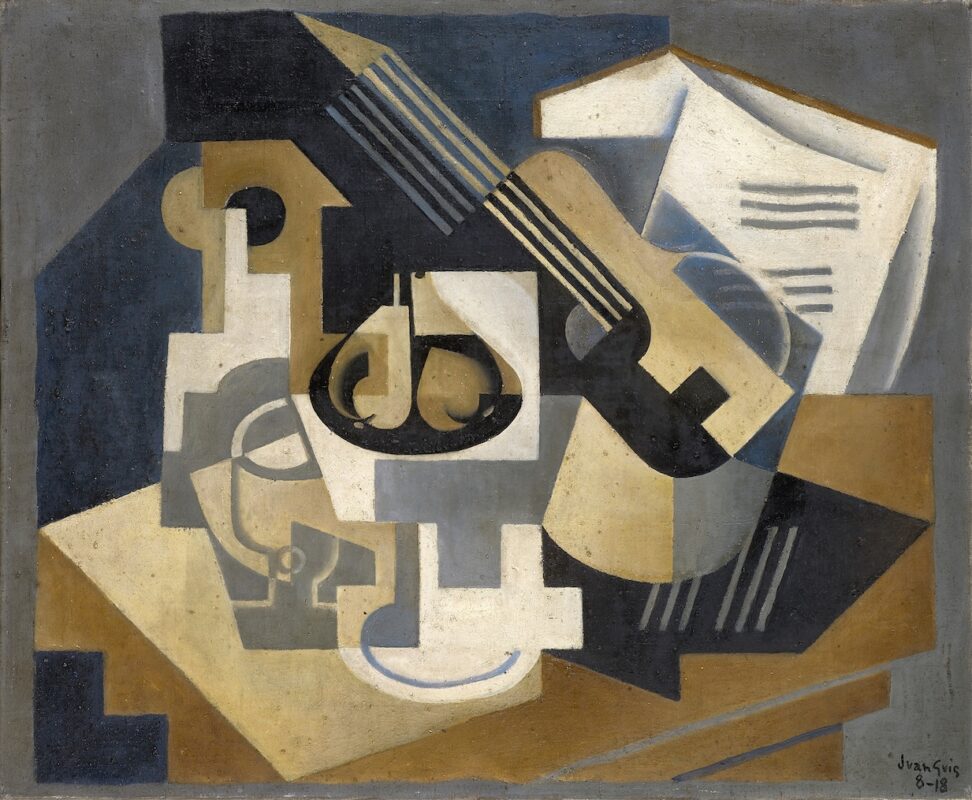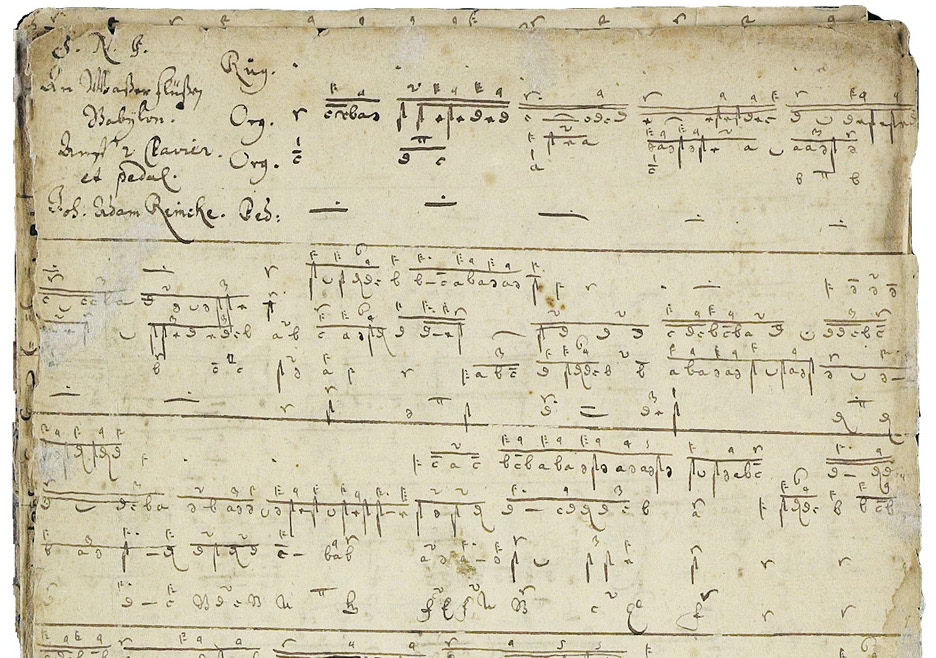Human and animal voices
The Ensemble Perlaro brings the texts of Dante's and Petrarch's contemporaries to life through the clarity and subtlety of their musical performance.
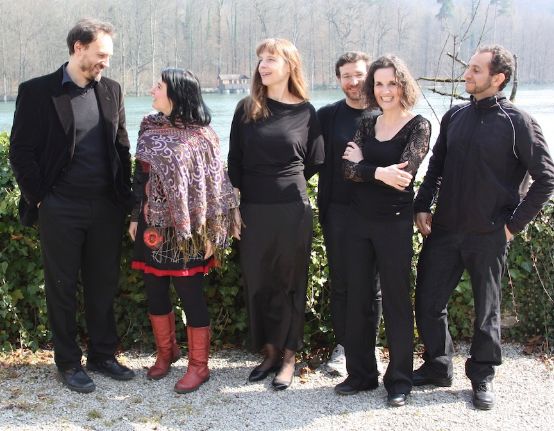
"I followed the trail of a friendly hunting dog through a green grove. Barking in an almost human voice, it seemed to say: Follow me!" A ballata by Bartolino da Padova begins with this highly stylized hunting scene. The title of the second CD recorded by the Ensemble Perlaro under the direction of Lorenza Donadini is derived from this: Con voce quasi humana - Vocal music of the Trecento. In fact, the ensemble's debut CD, recorded in 2010, also featured instruments (Sotto l'imperio del possente princePan Classics PC 10221), the voice takes center stage here. As Mikhail Lopatin emphasizes in the booklet text, the term "voice" is interpreted in several ways on this recording: in its meaning as a singing voice (in the purely vocal instrumentation), as a human and animal voice (in the sung texts) and as a designation for different styles and genres (on the level of musical composition).
The interpretations of the Ensemble Perlaro are characterized by the clarity of the voices and the subtle way in which the texts of Dante's and Petrarch's mostly anonymous contemporaries are reflected in the musical performance. The contrapuntal imitation of the voices in Lorenzo da Firenze's three-part Caccia is unforgettable A poste messe veltri e gran mastini. The realistic imitation of hunting calls and drum sounds ("Ciof, ciof", "tatim, tatim") is not something we immediately associate with the music of the Italian Middle Ages today. Equally realistic, on an emotional level, is the expression of the consonantal sound combinations in the words "or sono in biscia orribil tramutata" ("Now I have turned into a terrible snake") from the madrigal Donna già fu leggiadr'annamorataby Giovanni da Firenze, also known as Giovanni da Cascia.
The six members of the ensemble have individually distinctive voices (Lorenza Donadini and Giovanni Cantarini also perform individually in the two monophonic ballatas). In the polyphonic pieces, however, they merge into a perfect unity, which culminates in the magical harmony of some of the final notes. The sound engineering emphasizes the transparency of the voices and allows only a very discreet reverberation.
Con voce quasi humana - Vocal music of the Trecento. Ensemble Perlaro; Lorenza Donadini. Spacial sound RK 3501






